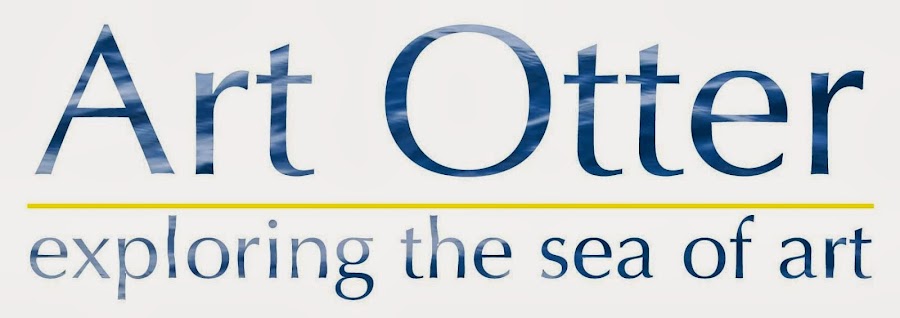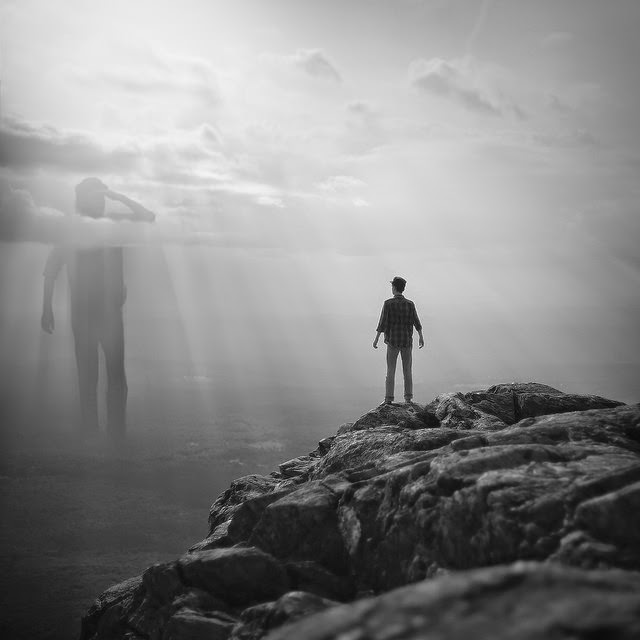I know I normally stick to posts that can interest non-students as well as students, but for this one I will be talking to people who have recently graduated, or will be graduating. I have recently graduated with my BA in Studio Art. And even though the last year has been filled with what to do in the real world and how to sell your work and how to be professional, I keep finding myself looking around at my fellow students and thinking 'what the hell are we supposed to do now?' (sidenote: I'm going to stick to my art friends and not broaden into everyone that I know that has graduated, since after all, this is an art blog).
So, we went from having a studio space, being productive and creating pieces for a final show, writing artist statements, reading about how to sell our works to sitting in our parents home with part-time jobs that have no relation to being an artist at all. Now, I know people from previous years that went on to work for Photo Magazines, Photo Portrait Studios, moving to India, etc. But still what the hell are we supposed to do? How can we move into the real work without losing some of the drive we had in school? I guess that's apart of it though, some people move on and never continue their careers they chose for themselves in college. My thoughts?
If you were passionate about it to begin with, and it wasn't some sort of easy way out or fun for the time being sort of thing,
then you will be dying to make creating your work apart of your career. Now how to go about doing that? I'm not fully sure yet.
As an artist, and former art student, all I want to do is create and somehow have magical money come out of it that I can live off of. So personally, things I am going to look into is my local Art Community/Organization (which some cities they take the summer off so try in the Fall) and I am going to start taking in commissioned work. Which I guess is a perfect way to mention that I will be adding onto the Art Otter name. Within a few months I will be adding a 'store' where anyone can have a drawn portrait made. I know there are a lot of people that already do this, but I assure you unlike some other people, these portraits will have my full attention, I love portraiture, some say I'm obsessed, it's what I love and I want to continue creating them so why not? If you are interested or want to know more I will add a post shortly with information.
Now that I am doing slightly broadcasting myself. If you are a someone who just graduated with a Studio Art degree and don't want to find yourself comfortable in a part-time job and aren't yet ready to go to Grad School then find a way to still spend time creating. Make it apart of your life and don't let yourself forget about what you are passionate about. Even if you attend local drawing seminars or beg your friends to go to a painting class with you or even set up shop in your apartment or house somewhere, just keep going. Don't stop until you have found your happy medium with work and passion.
If anyone has any other advice, it would be GLADLY appreciated so don't be afraid to comment. (and don't forget you can comment anonymously and it won't be tracked to you at all so really there is nothing to lose)








































